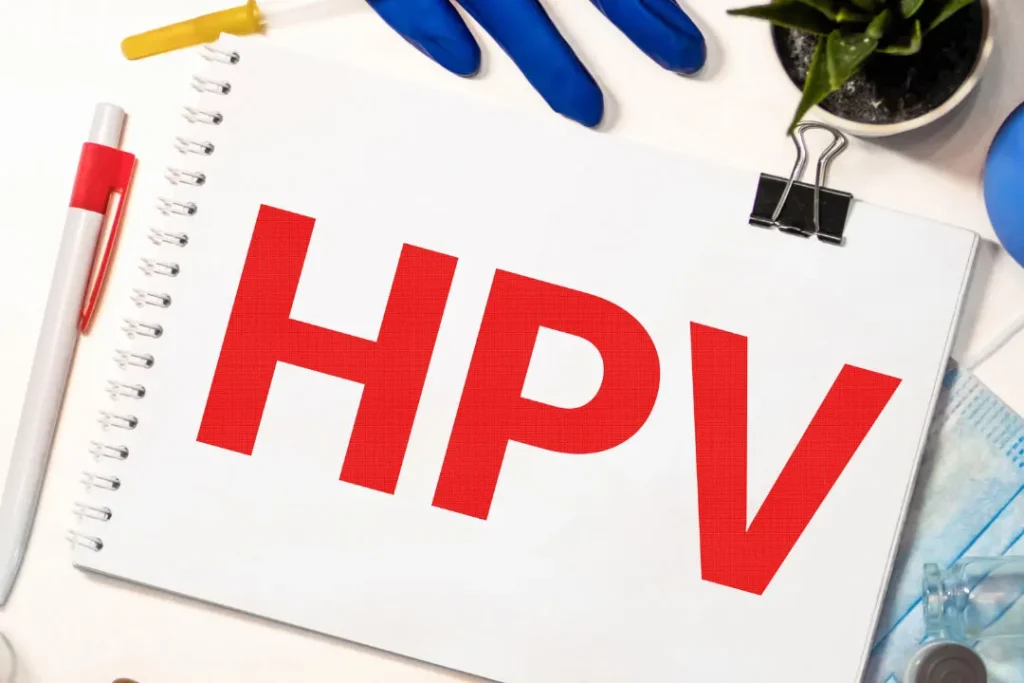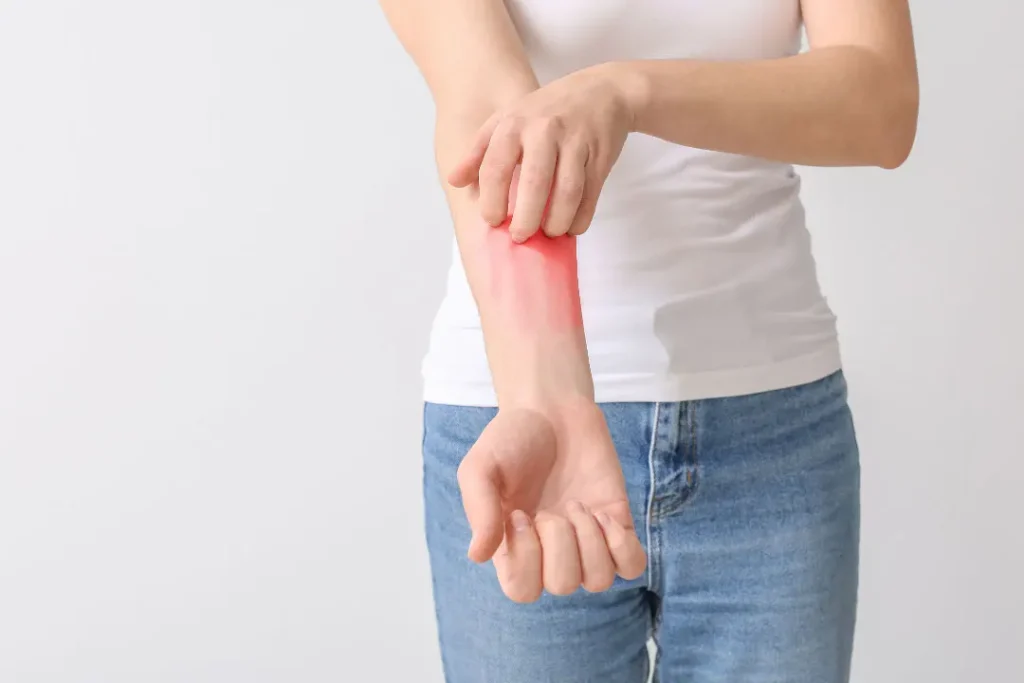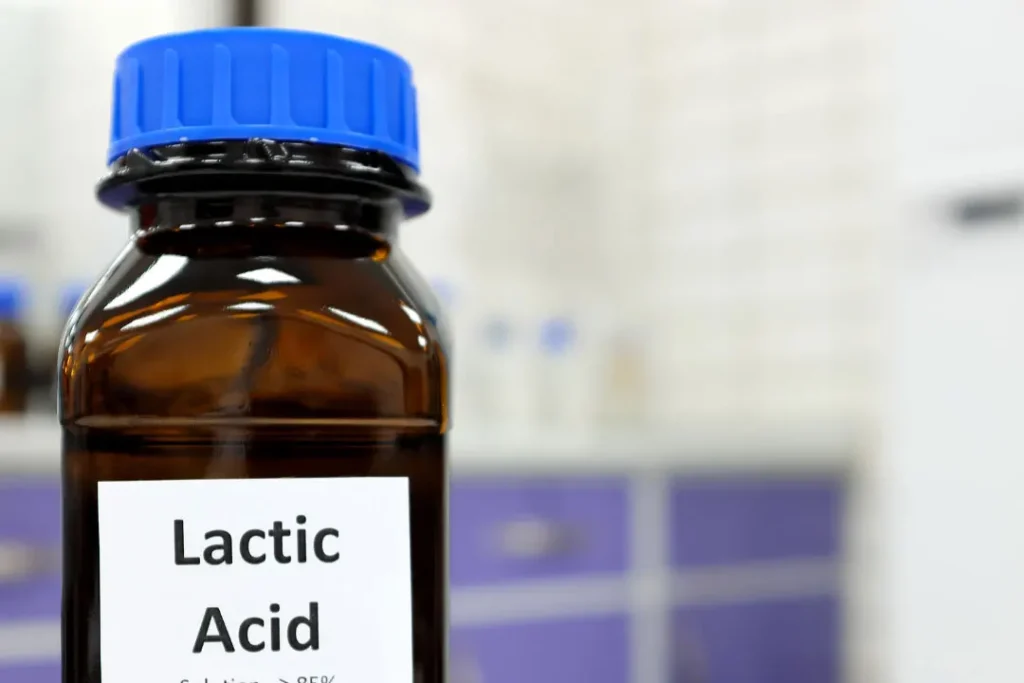Description
Warts represent common skin growths brought on by human papillomavirus (HPV). They can show up on your face, genitalia, hands, feet, or other regions of the body. Although they can cause discomfort or be unattractive cosmetically, warts are usually benign and harmless.
Depending on their nature and location, warts can have a variety of appearances. The following are typical wart types:
Common Warts, or Verruca Vulgaris: Common warts typically develop on the hands, fingers, or nail beds. They often have a rough texture and are small, firm, elevated lumps. These warts can be brown, gray, or flesh-colored and can have a spherical or irregular appearance. Little black specks that represent occluded blood vessels are frequently visible on the skin’s surface and are known as “wart seeds”.
Plantar Warts: Due to the pressure from standing or walking, plantar warts across the soles of one’s feet can be uncomfortable. They have a firm, thick skin surface and are flat. Plantar warts can appear as small, grainy lesions containing black specks in the middle and are frequently surrounded by calloused skin.
Genital Warts or Condyloma Acuminatum: Sexually transmitted diseases like genital warts are brought on by particular HPV subtypes. They can show up on or around the scrotum, penis, vagina, vulva, or anus. The dimension, shape, and color of genital warts may vary. They can be tiny and flesh-colored, and they can resemble cauliflowers.
Flat Warts, or Verruca Plana: Most flat warts are small and smooth. They frequently appear in groups on the face, legs, or arms. These warts often have a smooth or barely raised surface and are slightly pink in tone or flesh-colored.
You May Also Like:
Can’t Sleep? Why Natural Supplements May Be The Answer
7 Powerful Supplements for Nerve Health You Should Know About
Warts: Description, Causes, And Treatment Protocol is an original (HealthXWire) article.
Possible Causes
Human papillomavirus (HPV), an ordinary viral infection, is the primary source of warts. There are more than 100 distinct strains of HPV, some of which result in warts. The main reasons for warts are:
Direct Interaction with HPV: Having close contact with the skin of someone who has warts increases the risk of spreading them to you. Through grazes, scrapes, or other skin-related holes, the virus can enter the body.
Weakened Immune System: Warts are more likely to appear in those with compromised immune systems. The immune system is essential for identifying and combating viral diseases like HPV. People who have immune system-compromising conditions, like organ transplantation, HIV/AIDS, or specific autoimmune disorders, are more likely to get warts.
Touching Contaminated Surfaces: For a short time, HPV can persist on surfaces like razors, clothing, towels, or floors. A person can spread the virus and get warts if they touch such contaminated surfaces and then touch their skin.
Skin Trauma: Wherever there has been trauma or damage to the skin, warts will frequently appear. The HPV virus can enter the body through cuts, scratches, bites, or burns. The virus can then infect skin cells, causing the warts to develop.
Age: In kids and young adults, warts are more prevalent. Children are especially vulnerable to HPV exposure because they frequently participate in activities that require close interaction and shared areas. The probability of acquiring new warts normally decreases with age as a person’s immune system typically grows more skilled at identifying and combating HPV.
Warm and Humid Conditions: HPV grows in warm, humid conditions. Public swimming pools, shared showers, and locker rooms tend to be the typical locations where HPV is spread. In these settings, being barefoot increases the possibility of getting plantar warts on the feet.

Exacerbating and Mitigating Factors
The factors that aggravate warts are:
Weakened Immune System: Warts and HPV infections are more common in people with compromised immune systems. Immune responses can be compromised by diseases like autoimmune diseases or from taking immunosuppressive medications.
Warm and Humid Weather: HPV develops in warm, humid conditions. Regular barefoot users of public restrooms, locker rooms, and showers have a higher risk of contracting the virus and developing plantar warts across the bottoms of their feet.
Direct Contact: Warts may propagate by being in close contact with an infected individual or by touching objects that have been exposed to the virus. Sharing private objects, including towels or socks, can increase the chance of transmission.
Age: Due to their immature immune systems and the higher possibility of close association in public places like playgrounds and schools, warts have become more prevalent among young people and kids.
Skin Trauma: The HPV virus can enter the body through skin breaches or cuts. Warts are more likely to appear in people who engage in activities that produce skin stress, like scratching, shaving, or nail-biting.
The factors that mitigate warts:
Boosting the Immune System: A strong immune system can help lower the likelihood and intensity of warts. A balanced diet, frequent exercise, getting enough rest, and managing stress are all parts of a healthy lifestyle.
Good Hygiene Practices: Warts can be prevented from spreading and developing by regularly washing your hands and practicing good personal hygiene.
Avoiding Direct Contact: Socks, towels, and personal items like razors should never be shared with infected people, and there should be as little contact with the skin as possible.
Security in Public Places: Plantar warts can be prevented by donning protective footwear in public spaces such as locker rooms, swimming pools, and shared showers. This protective wear includes sandals or flip-flops.
Vaccination: HPV strains that result in genital warts and particular cancers are treatable with vaccines. The development of associated warts and HPV infections can each be avoided with vaccination.
Skin Care: Preventing excessive trauma or harm to the skin will lessen the chance of HPV entering the body via cuts or abrasions.

Standard Treatment Protocol
The kind of wart, where it is located, and the patient’s preferences all affect the usual treatment strategy for warts. The following therapies are frequently used:
Topical Treatments:
- Salicylic Acid
Salicylic acid-based over-the-counter medications are frequently used to treat warts . They operate by slowly destroying the wart tissue. There are many different forms of these therapies, including pads, ointments, gels, and solutions.
- Lactic Acid
Lactic acid formulations work similarly to salicylic acid in that they can be administered topically to help remove warts.
Electrosurgery: The wart is burned out with an electric current during electrosurgery or electrosurgical excision. Usually, a medical expert performs it while individuals are under local anaesthetic.
Cryotherapy: When using liquid nitrogen for cryotherapy, the wart is frozen. The wart tissue is destroyed during the freezing procedure, resulting in the wart ultimately falling off. Sometimes it can take several treatments.
Laser Therapy: To remove the wart, a laser treatment includes using a focused light beam. This method calls for numerous sessions and is usually done for larger or more difficult warts.
Surgical Removal: Excision or surgical removal may be required in some circumstances to remove the wart. In this case, the wart is removed surgically, and the wound is stitched up.

Treatment Options
Many adjunct medicines and therapeutic approaches have been researched along with the usual therapy methods. Although some of these complementary therapies have shown promise, more research is necessary to assess their effectiveness. The following are some other wart treatment options:
Prescription Medications:
- Imiquimod
By stimulating the immune system, this topical treatment helps the body’s natural defences identify and eradicate the wart.
- Podophyllin
Podophyllin resin can be applied topically to help break down wart tissue. A healthcare practitioner typically administers this treatment.
Nutritional Supplements:
- Vitamin C
Antioxidant vitamin C can help with wart regression by promoting immune health and wound repair.
- Echinacea
This plant-based supplement has antiviral properties and has historically been used to boost immune function.
- Zinc
The immune system and wound healing depend heavily on zinc. An enhanced immune response to warts can be attributed to appropriate zinc levels.
Natural Remedies: These include:
- Aloe Vera Gel
To assist in reducing inflammation and encourage healing, aloe vera gel, which is well known for its calming effects, can be administered topically.
- Tea Tree Oil
Tea tree oil can help prevent HPV activity when applied topically since it contains antiviral properties.
- Duct Tape Occlusion
Duct tape covering has been recommended as a quick and low-cost way to help remove warts. The blockage is thought to suffocate the wart and cause an immunological reaction.
Herbal Remedies: These include:
- Green Tea Extract
Catechins, which are found in green tea, help to strengthen the immune system and fight against viruses.
- Garlic Extract
Wart removal can benefit from the antiviral and immunomodulator properties of chemicals found in garlic.
- Thuja Oil
Due to its antiviral properties, this essential oil, extracted through the thuja plant, has historically been used to treat warts.

Conclusion
It is crucial to emphasize that these supplemental therapy choices should be utilized in conjunction with other therapies rather than as stand-alone remedies. To establish the best course of action for certain wart situations, it is advised to speak with a healthcare practitioner. Warts may be uncomfortable and embarrassing to contract, to say the least, but with the right treatment and the right healthcare physician, they can be removed and treated accordingly and efficiently.
Additional resources for further reference
https://www.webmd.com/skin-problems-and-treatments/ss/slideshow-warts
https://www.aad.org/public/diseases/a-z/warts-treatment
https://www.medicalnewstoday.com/articles/155039
Important Note: The information contained in this article is for general informational purposes only, and should not be construed as health or medical advice, nor is it intended to diagnose, prevent, treat, or cure any disease or health condition. Before embarking on any diet, fitness regimen, or program of nutritional supplementation, it is advisable to consult your healthcare professional in order to determine its safety and probable efficacy in terms of your individual state of health.
Regarding Nutritional Supplements Or Other Non-Prescription Health Products: If any nutritional supplements or other non-prescription health products are mentioned in the foregoing article, any claims or statements made about them have not been evaluated by the U.S. Food and Drug Administration, and such nutritional supplements or other health products are not intended to diagnose, treat, cure, or prevent any disease.
Table of Contents


